Tips when Using Aluminum Bronze for Tube Bending Tooling
Tube bending applications range from very simple to very complex. Many of the more complex bends require that the tube be supported by an internal mandrel. A mandrel’s purpose is to keep the tube from collapsing and wrinkling during the bending process.
An ideal bend doesn’t require a mandrel. However, not all bending situations are ideal. Tighter bend radii; thinner-wall tubes; and exotic, harder-to-bend materials are three conditions that may require a mandrel for producing an acceptable bend.
In these situations, proper use of the mandrel is critical to the outcome of the bend, the life of the tooling, and even the life of the bending machine.
Mandrel Tube Bending is a process where a tube is drawn over a mandrel and formed around a radius die while supported on all sides on both the ID and OD of the tubing. For this process to work there are 3 main requirements that must be achieved. First off the tube must be supported on all of the sides. Also the balance of pressure must be achieved so that the material can be put into a plastic state and not deformed. Finally the tube must flow over the mandrel.
A Tube Bending operation is composed of the following components:
A Bending Machine
Tooling
Material to be formed
Lubrication
Rotary draw tube bending is a tool-intensive metal forming operation. The mandrel and wiper are critical to supporting the tube at the point of bend to produce consistent, high-quality results. The objective of this support is to deform the tube plastically along the arc of the bend with minimal distortion of its cross section. Therefore, the mandrel and wiper are primary elements in the rotary draw tube bending operation.
Using a mandrel made from the proper material for the tubing is important to prevent galling inside the tube and to prolong the life of the mandrel.
Aluminum Bronze is used in the tooling for bending operations in both the Mandrel and Wiper components. Aluminum-bronze is preferred over alloy steel as the material for perishable tooling to bend carbon steel, stainless steel, titanium, and nickel alloy tubing because it tends to break down into fine particles instead of galling (i.e., welding relatively large pieces of itself) to the tubing as it wears.
Mandrel
Short for mandrel assembly, this tool is a part of the rotary-draw tube-bending process. It controls the flow of plasticizing material at the point of bend in order to maintain the shape of tube as it sets into the arc of the bend.
Wiper
Short for wiper die; the tool in a rotary-draw bending set-up which prevents the formation of a terminal hump or wrinkle on the inside radius of the bend. The wiper is fixtured between the cavity of the bend die and the tube immediately behind the line of tangency. The critical feature of a wiper is the feathered edge, which prevents the terminal hump from exceeding its yield point and setting into a wrinkle. Precision machining of this edge is paramount for good performance.
Aluminum-bronze and alloy steel are the most common materials for wipers. While steel offers good durability under the right circumstances, it galls when used on steel tubing, especially stainless steel. Aluminum-bronze has the advantage of resisting galling, so that it tends to wear out instead of fail. Consequently, aluminum-bronze is preferred for steel tubing and steel for non-ferrous tubing.
National Bronze Mfg. Co. stocks only the highest quality aluminum bronze and nickel aluminum bronze certified by the mill. Certification ensures that the material we stock has the proper chemical composition. Therefore, whether certified material is a name brand or a generic has no bearing on its quality.
Actually the most significant quality problem in aluminum-bronze is not the precise chemical composition. It is porosity, air pockets as large as a quarter-inch (6 mm) or more hidden inside the raw material. The problem of porosity is endemic to the manufacturing process for certain types of aluminum-bronze when production of the material is rushed through the mill to reduce costs. Much of the porosity issues in aluminum bronze alloys can be solved through the use of the continuous casting process. This process produces a superior quality of material with a fine grain structure free from impurities and porosity.
National Bronze Mfg. Co. has been supplying Tube Forming Tool Makers with the highest of quality aluminum bronze alloys for many years. All of our aluminum bronze alloys are certified by our mill and certifications is available upon request. By use of superior casting methods and strict traceability of material, you can trust National Bronze Mfg. for all of your aluminum bronze tube forming tooling needs.
For more information on aluminum bronze alloys and ways to prevent porosity, follow the links below:
Aluminum Bronze Alloys
C95400 Aluminum Bronze
C95900 Aluminum Bronze
C63000 Nickel Aluminum Bronze
C95510 Nickel Aluminum Bronze
***NEW*** Order C95400 Aluminum Bronze Online at Bravobronze.com ***NEW***
***NEW*** Order C95900 Aluminum Bronze Online at Bravobronze.com ***NEW***
***NEW*** Order C63000 Aluminum Bronze Online at Bravobronze.com ***NEW***


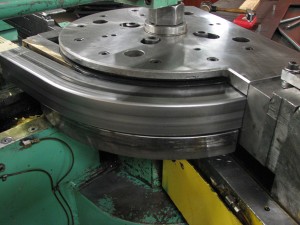
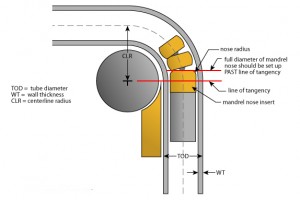
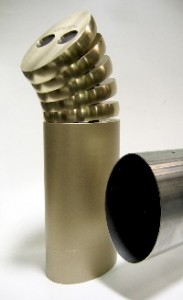
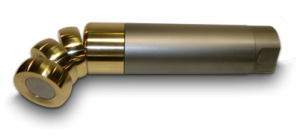
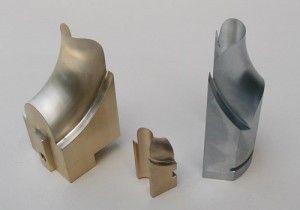
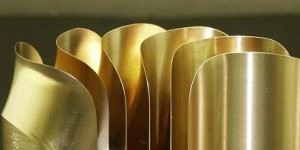
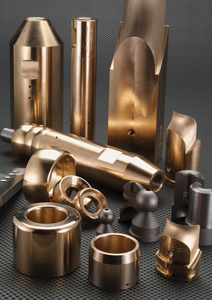


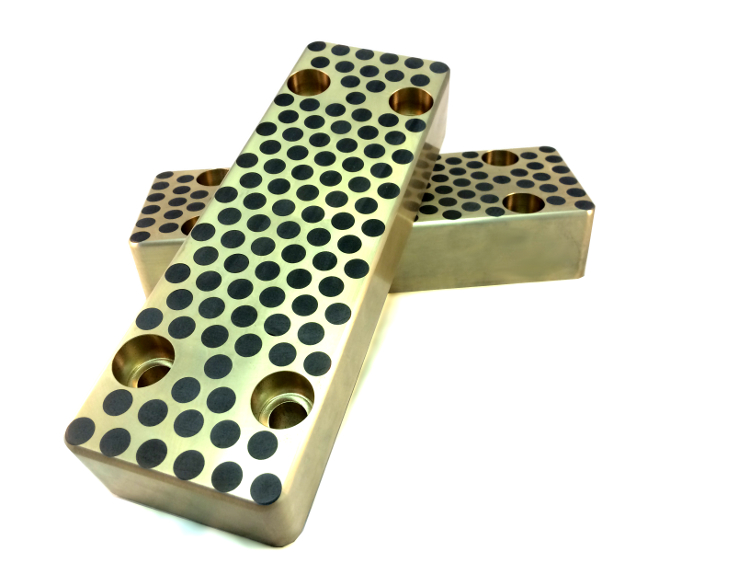
This is some great information, and I appreciate your detailed description of the tube bending process. I have a few pipes I need to have adjusted, and I would like to do it myself, if I can. How expensive is it to purchase these tools used for tube bending? Thanks for the great post!
Kyle,
Thanks for the very positive feedback. We manufacture these types of parts based on customer drawings and requirements. Do to this we do not have a off the shelf version of this product with set pricing. If you have your own drawings we would be happy to offer a free quotation. Send them to sales@nationalbronze.com if you have any other questions, feel free to comment on this post and I will get back to you ASAP. Thanks again.
Mike Russo
VP Business Development
National Bronze Mfg. Co.